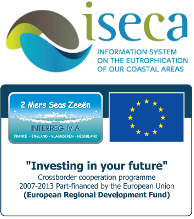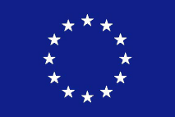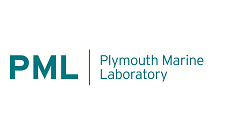Anthropogenic climate change is exerting pressures on coastal ecosystems through increases in temperature, precipitation and ocean acidification. Phytoplankton community structure and photo-physiology are therefore adapting to these conditions. Changes in phytoplankton biomass and photosynthesis in relation to temperature and nutrient concentrations were assessed using a 14 yr dataset from a coastal station in the western English Channel (WEC). Dinoflagellate and coccolithophorid biomass exhibited a positive correlation with temperature, reaching the highest biomass between 15 and 17°C. Diatoms showed a negative correlation with temperature, with highest biomass at 10°C. Chlorophyll a (chl a) normalised maximum light-saturated photosynthetic rates (PBm) exhibited a hyperbolic response to increasing temperature, with an initial linear increase from 8 to 11°C and reaching a plateau from 12°C. There was, however, no significant positive correlation between nutrients and phytoplankton biomass or PBm, which reflects the lag time between nutrient input and phytoplankton growth at this coastal site. The major phytoplankton groups that occurred at this site occupied distinct thermal niches, which in turn modified PBm. Increasing temperature and higher water column stratification were major factors in the initiation of dinoflagellate blooms at this site. Dinoflagellate blooms during summer also co-varied with silicate concentration and acted as a tracer of dissolved inorganic nitrogen and phosphate from river run-off, which were subsequently reduced during these blooms. The data imply that increasing temperature and high river runoff during summer will promote dinoflagellate blooms in the WEC. |














